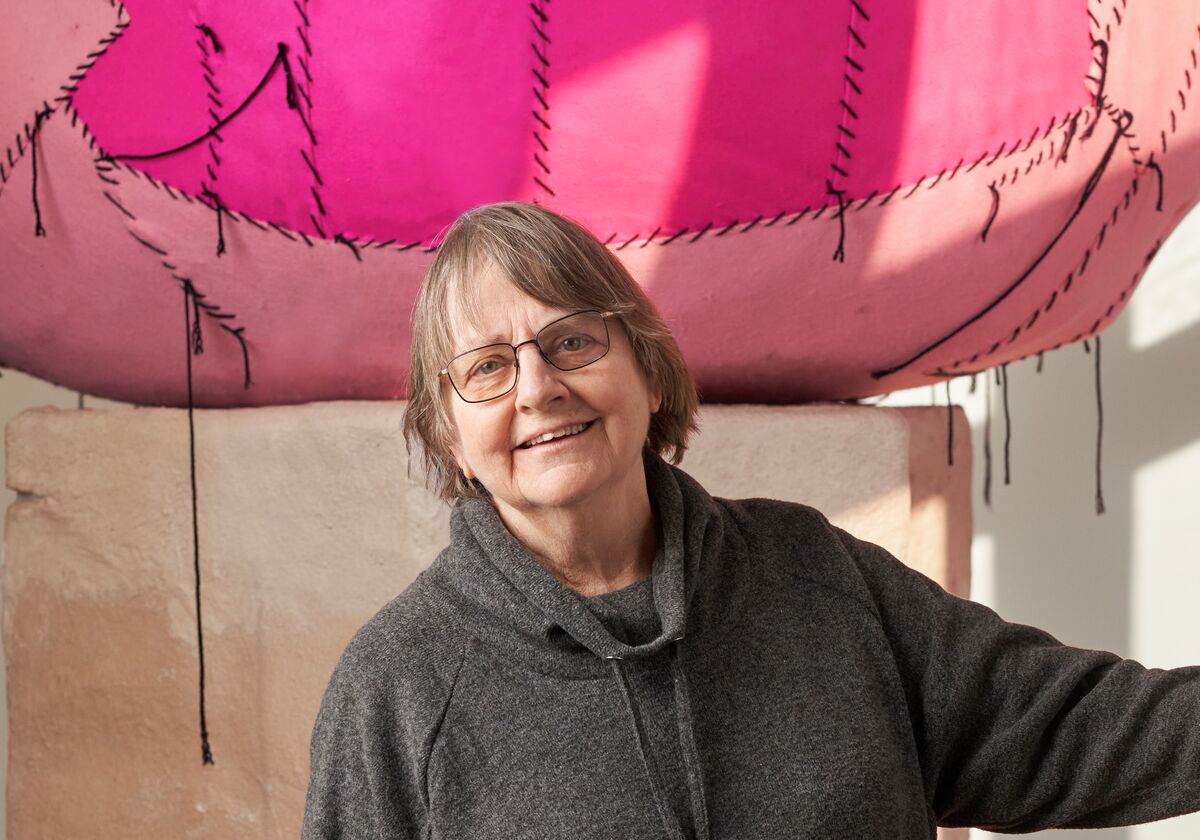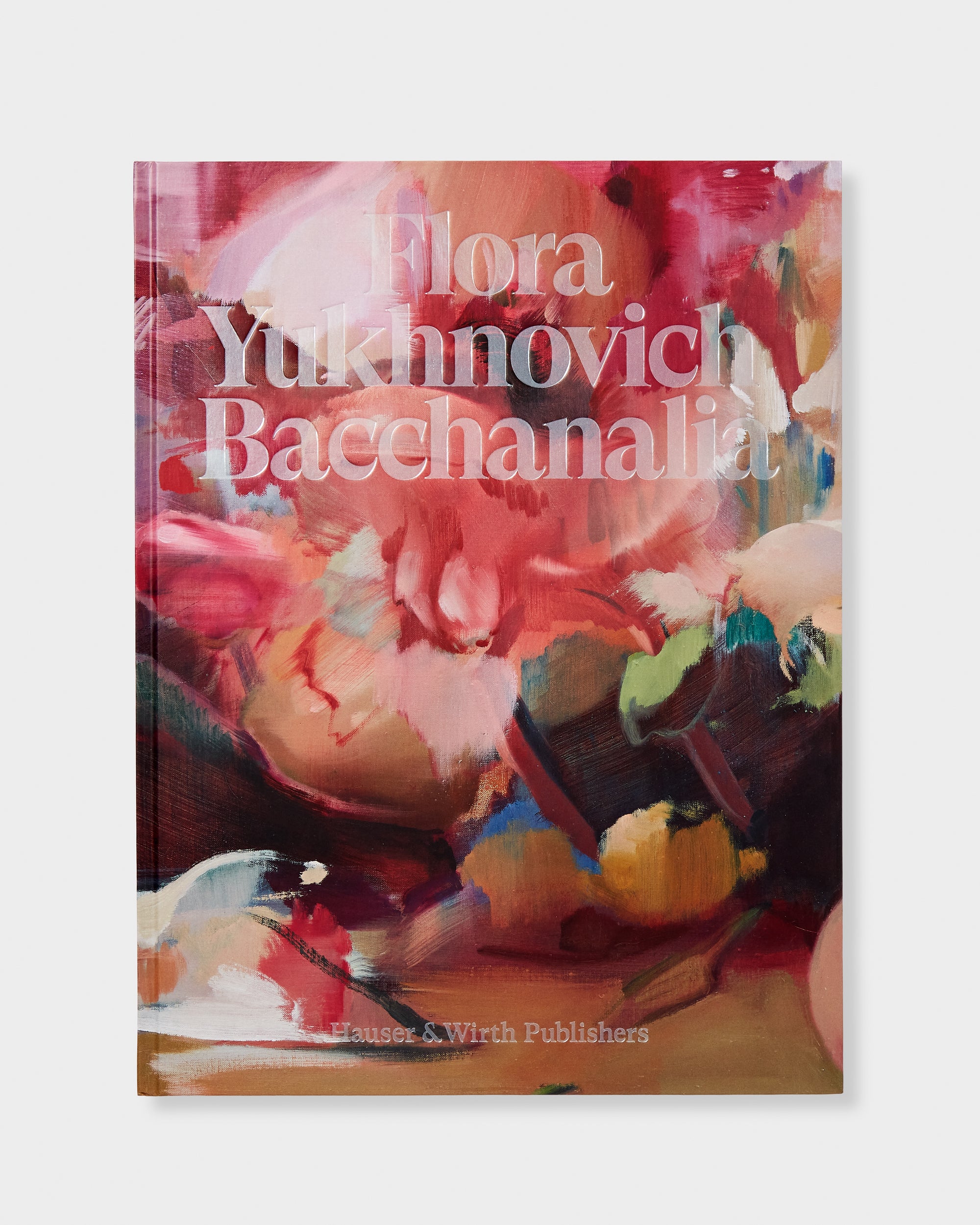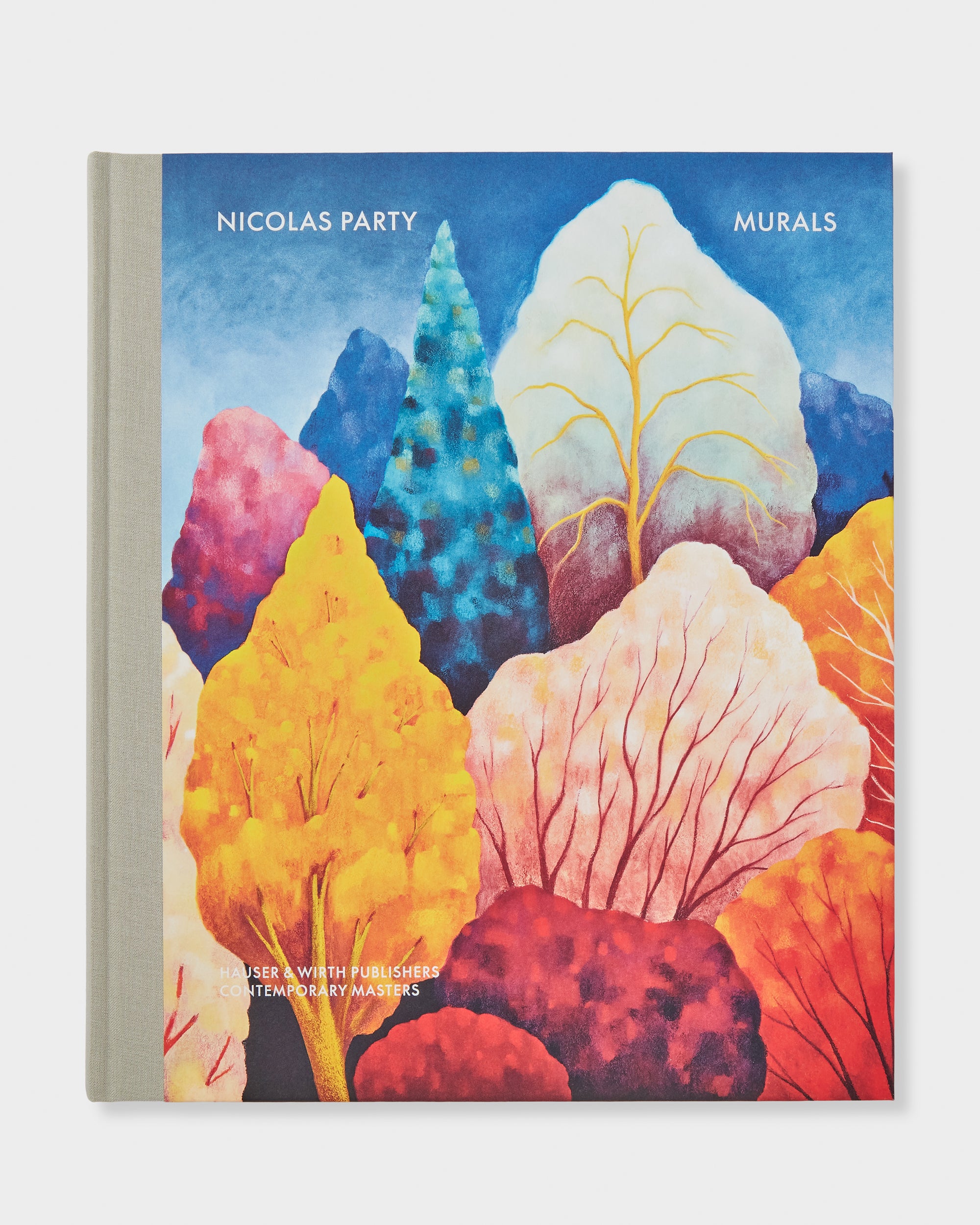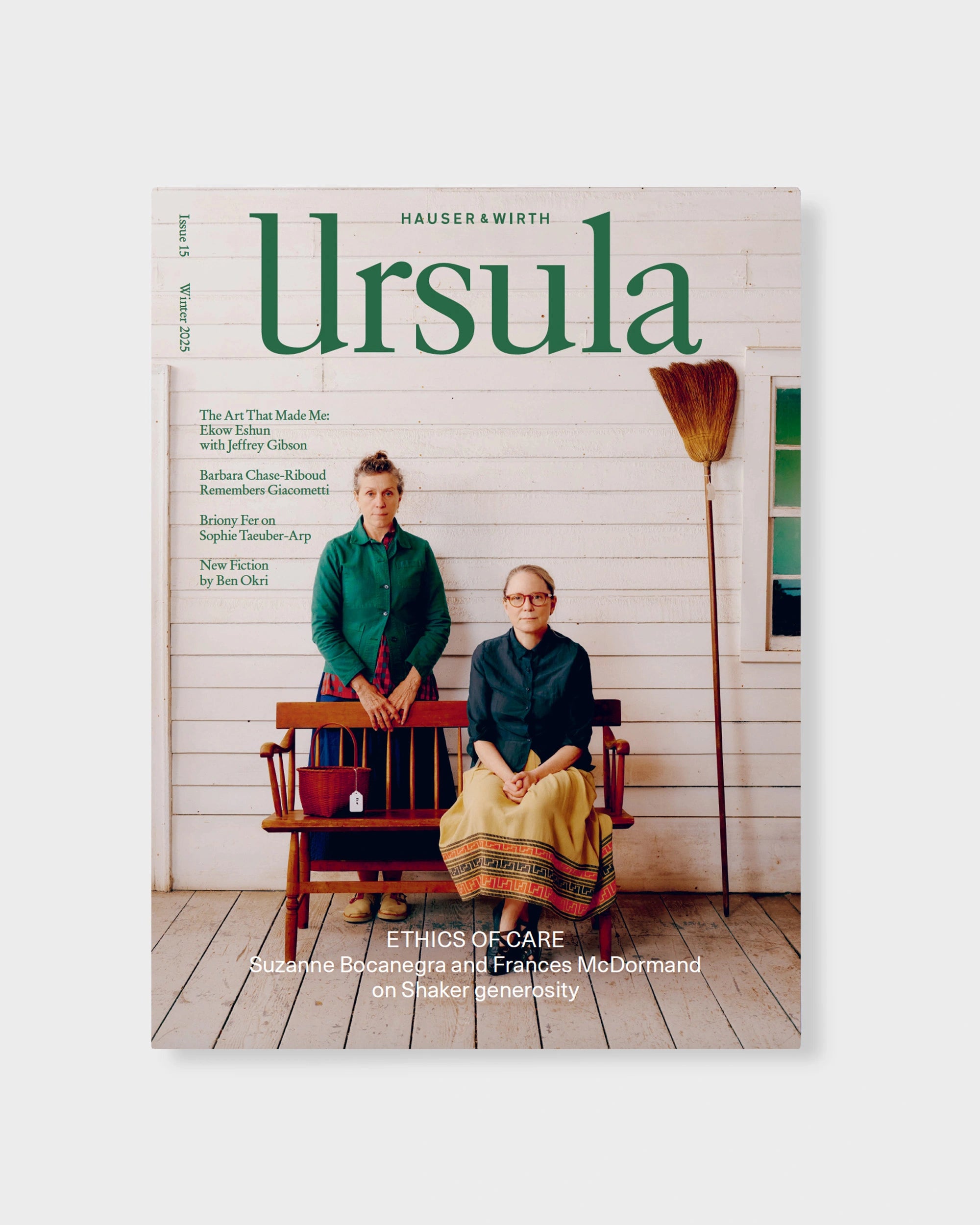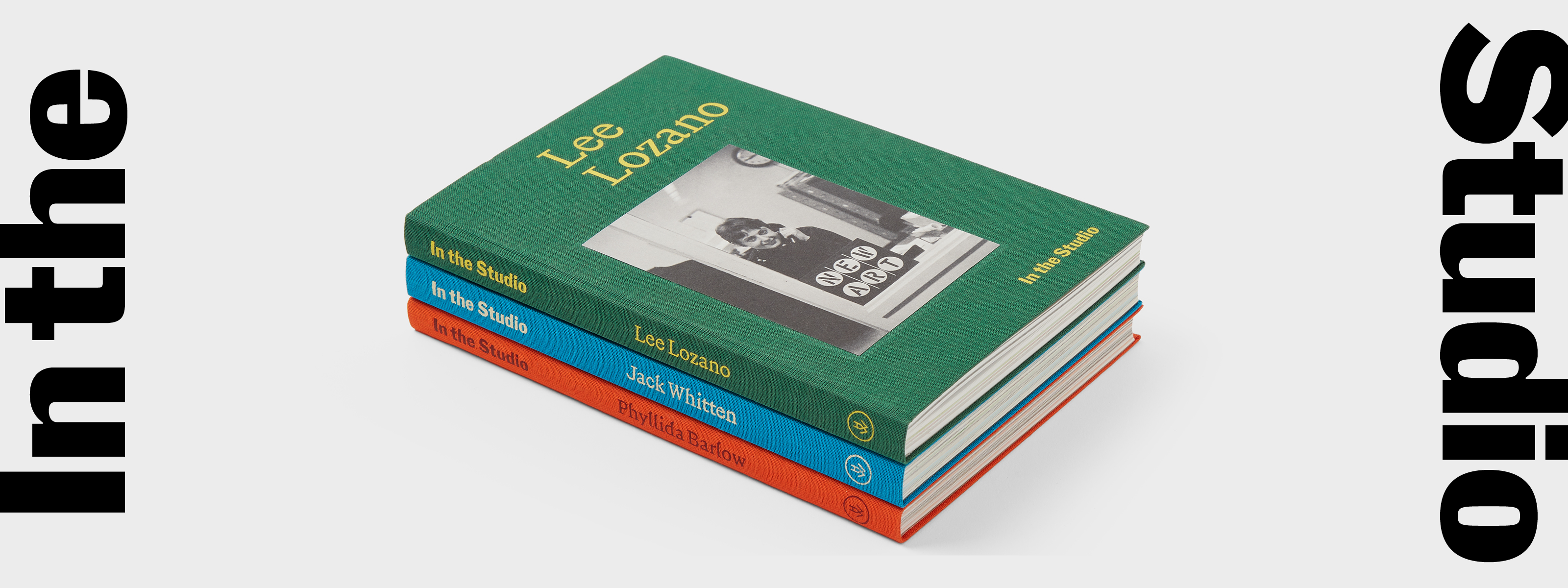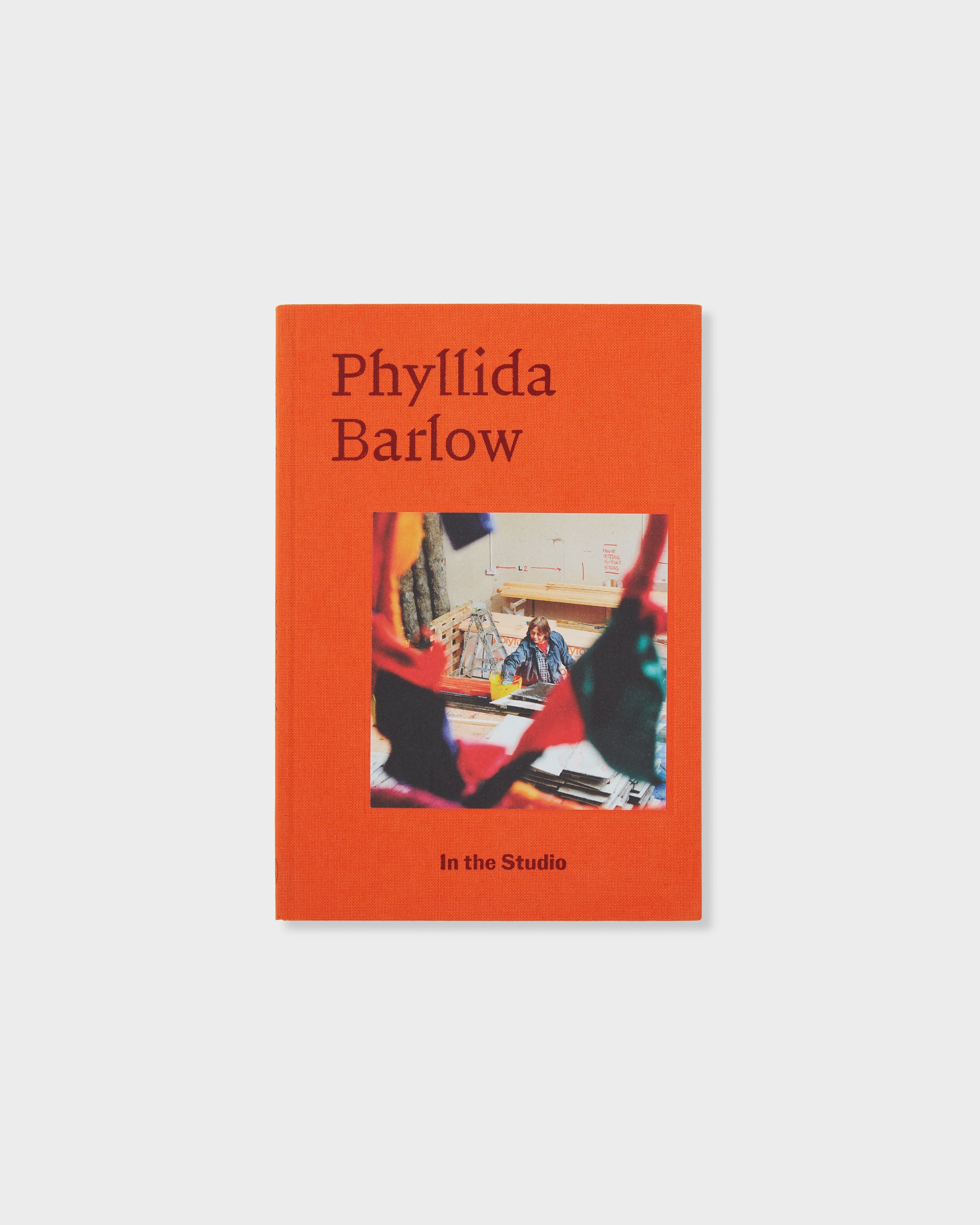
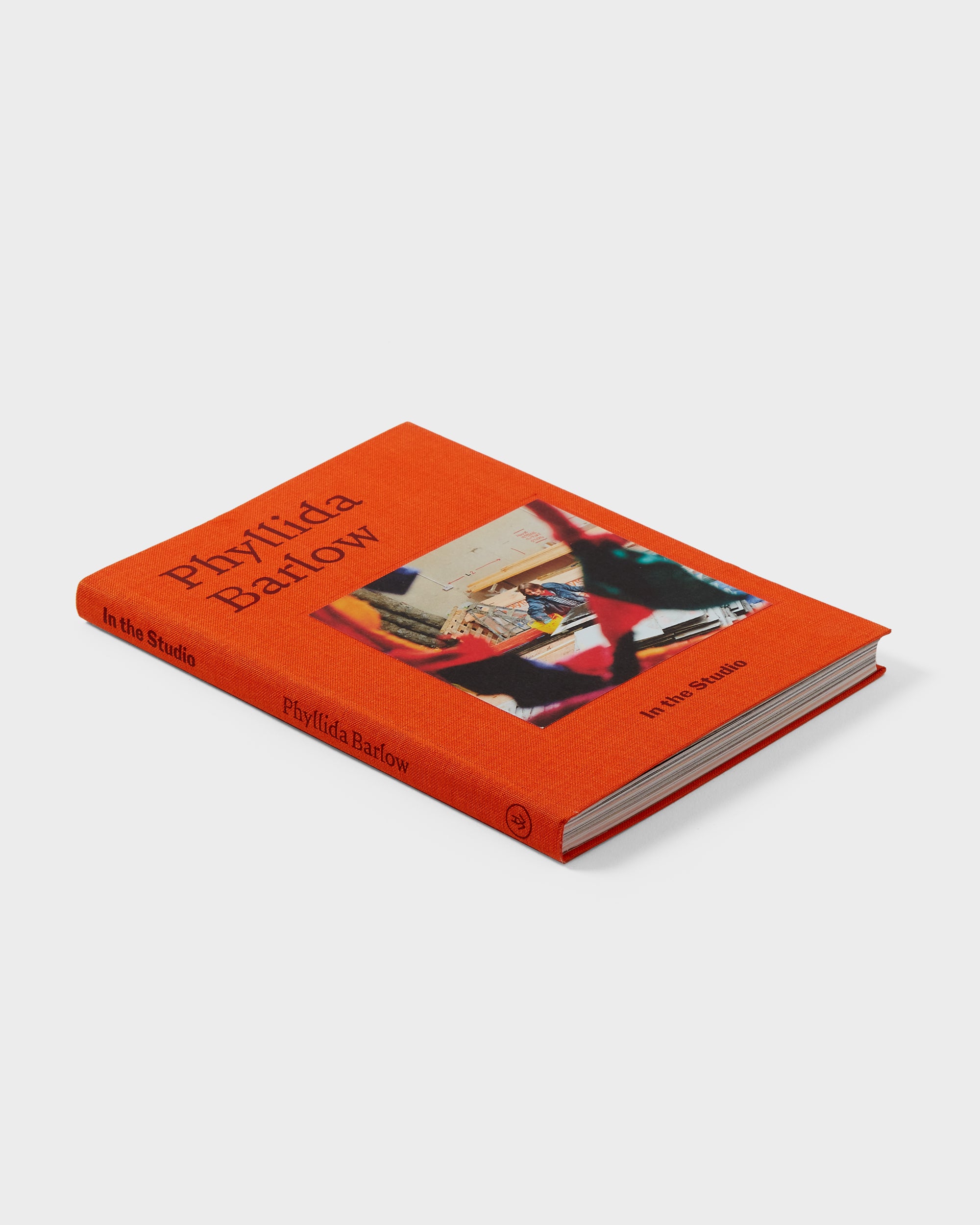
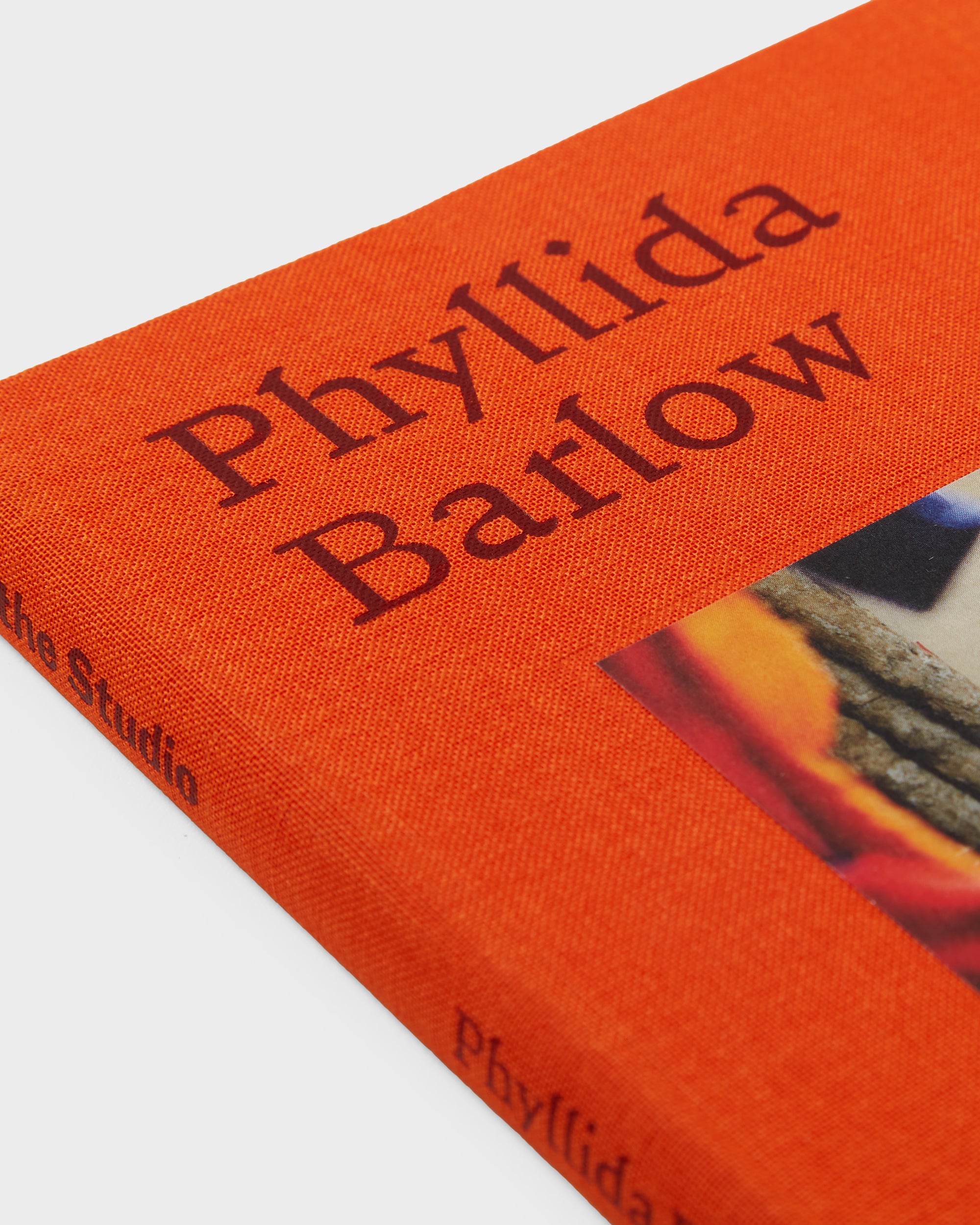
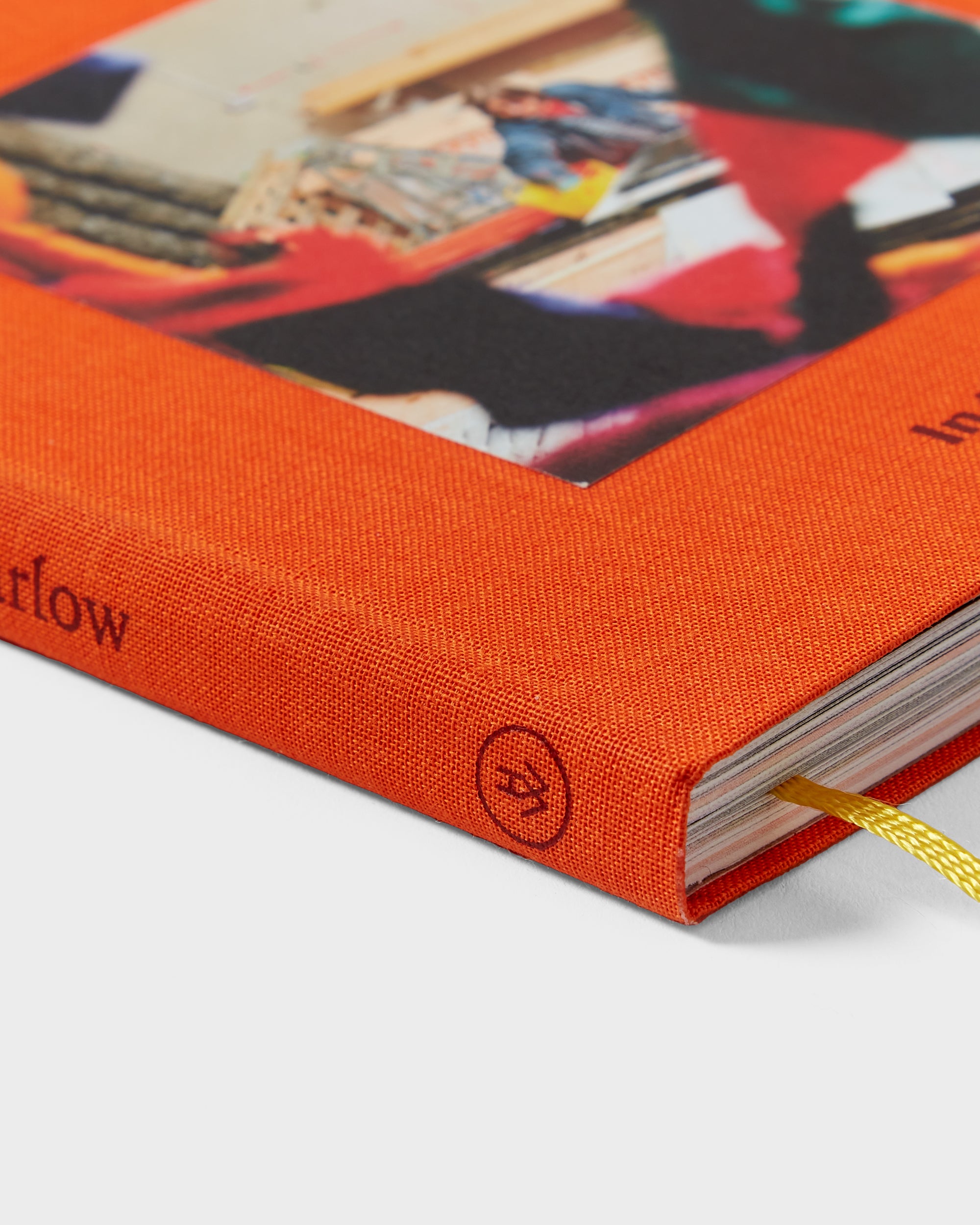
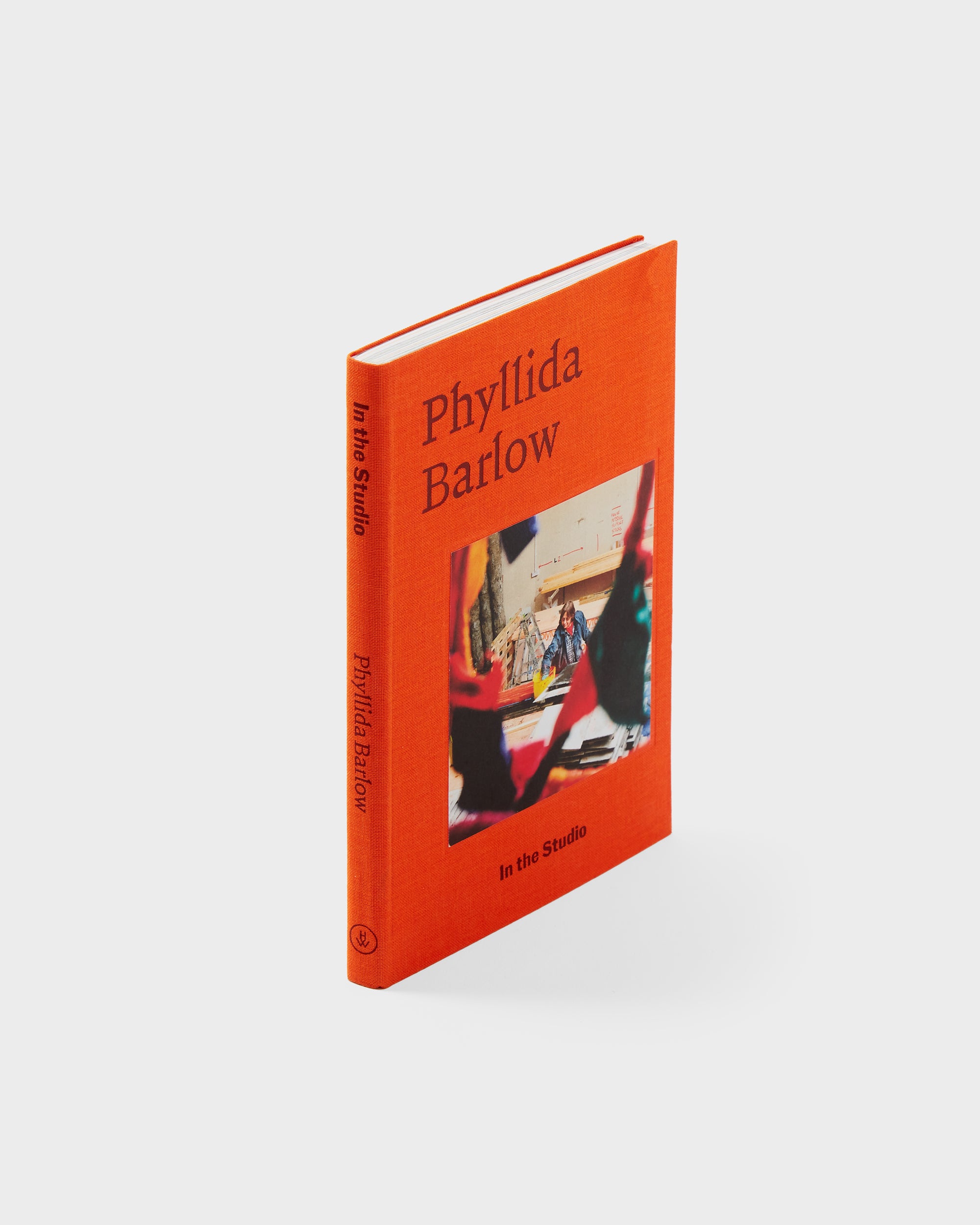

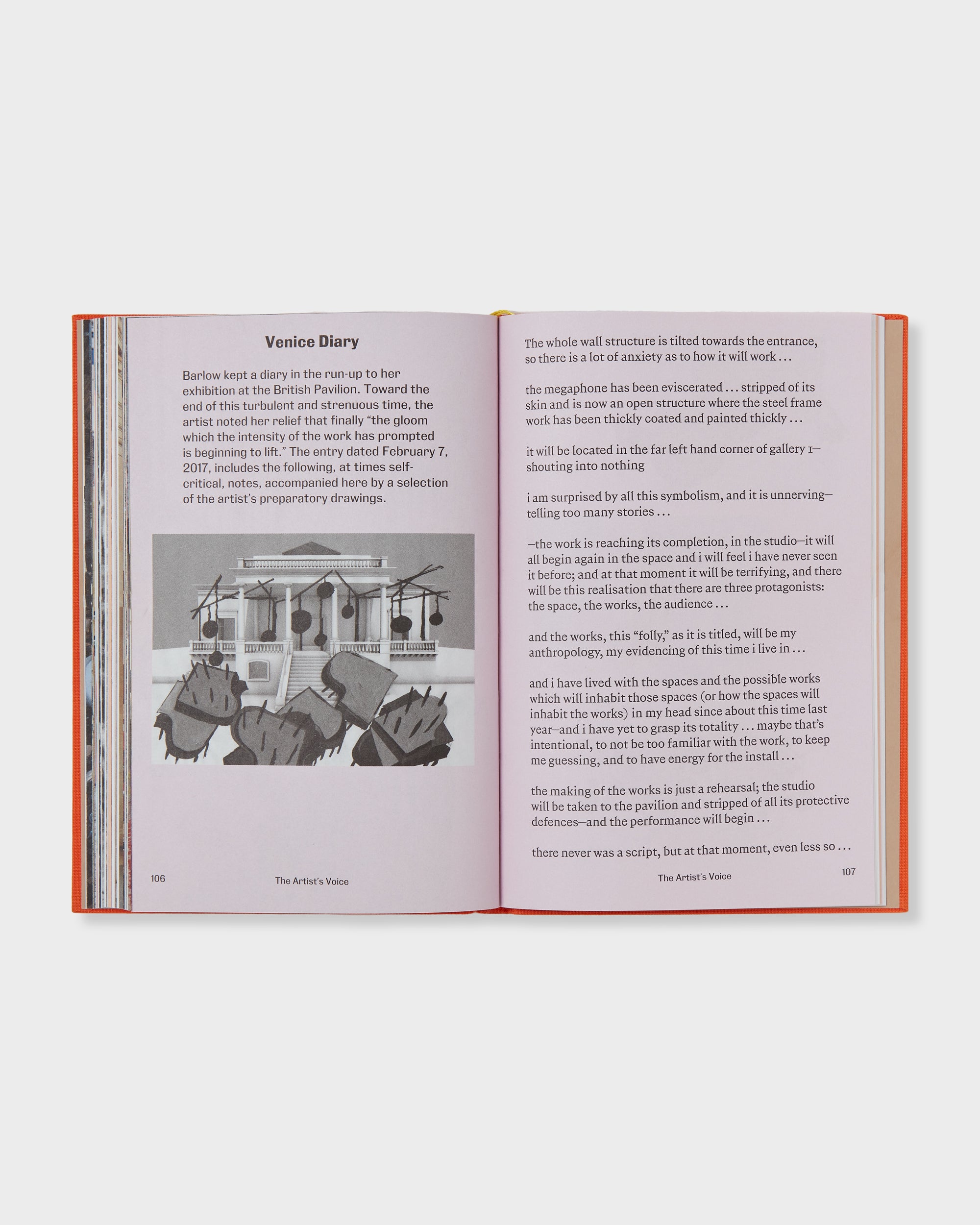


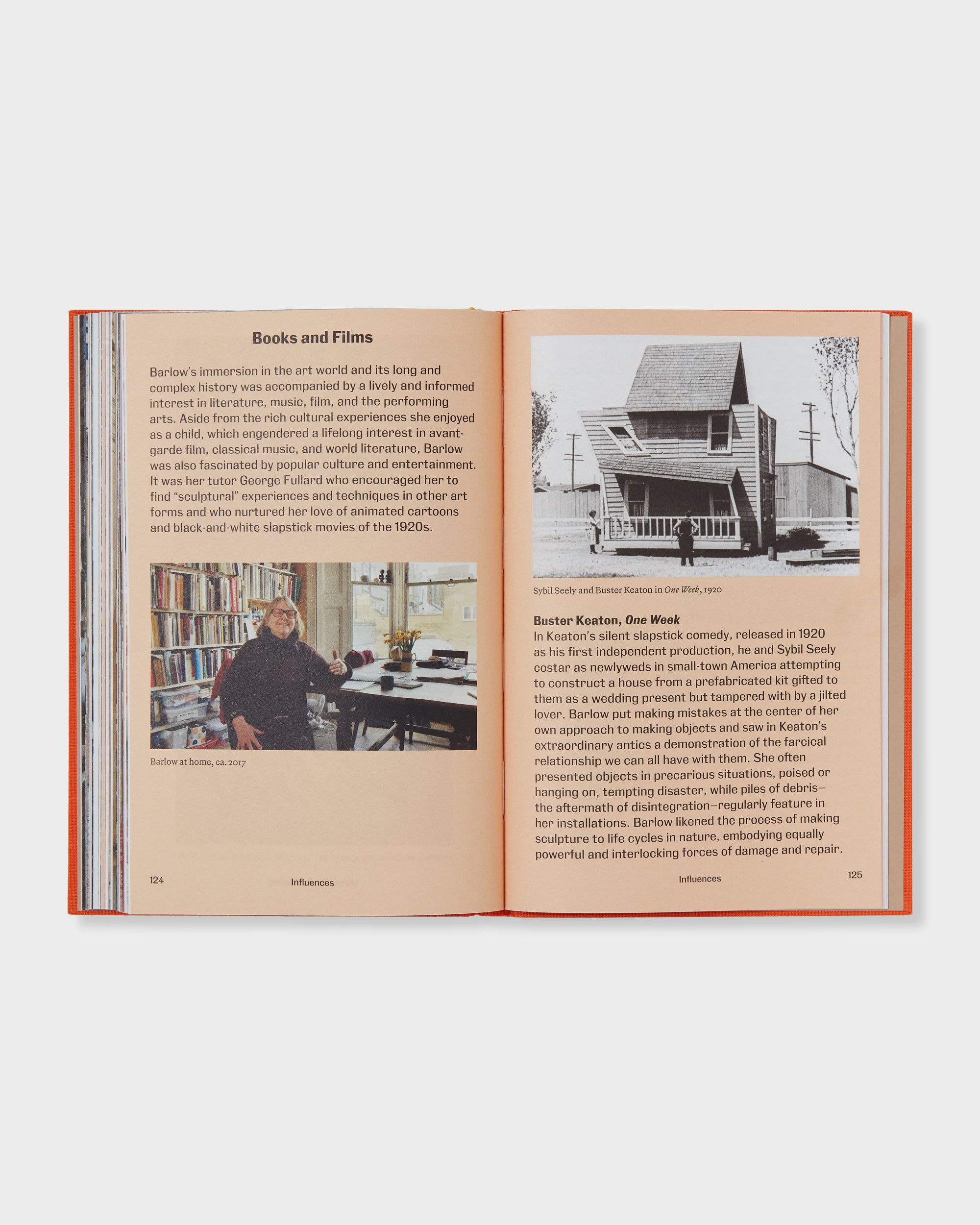
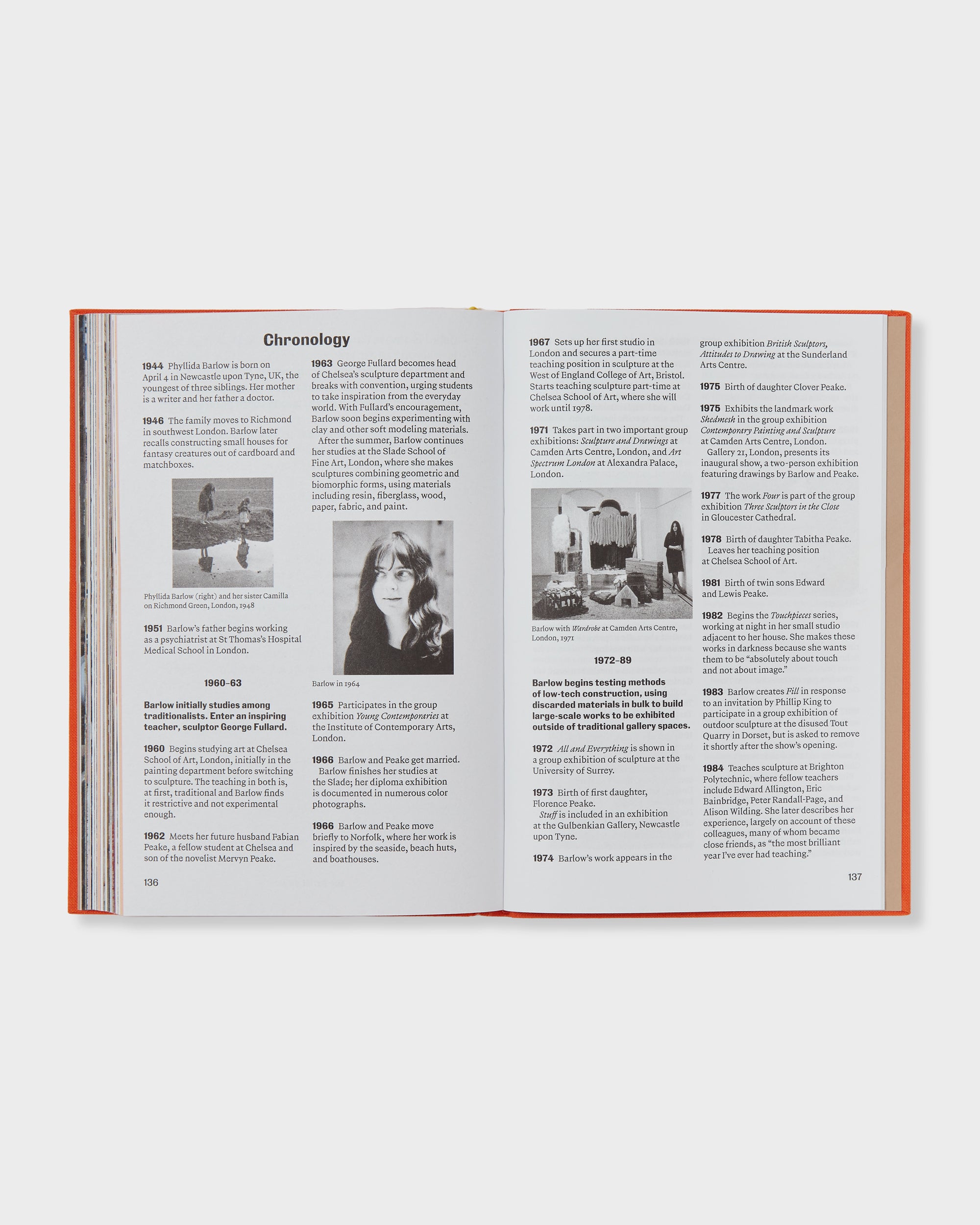
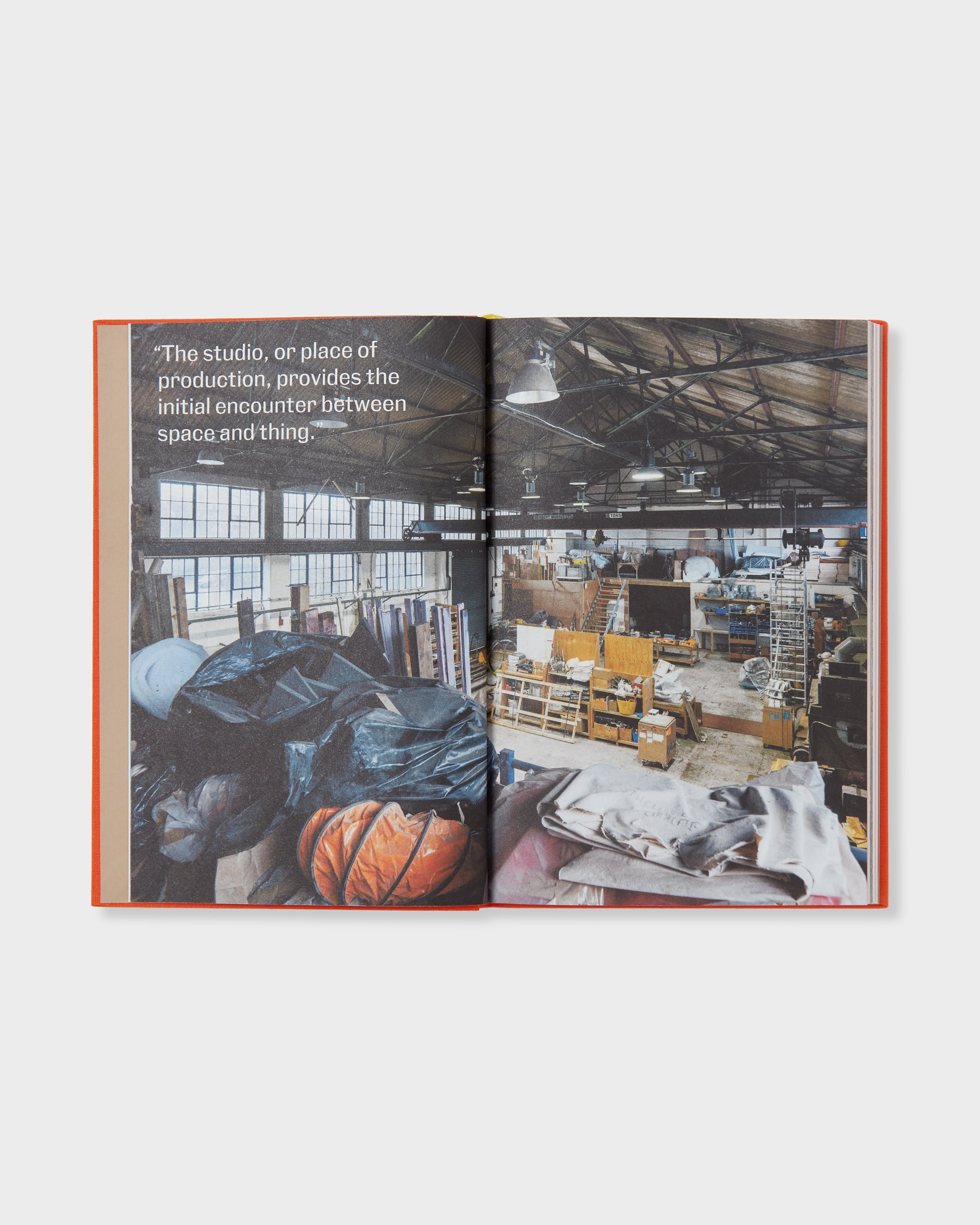
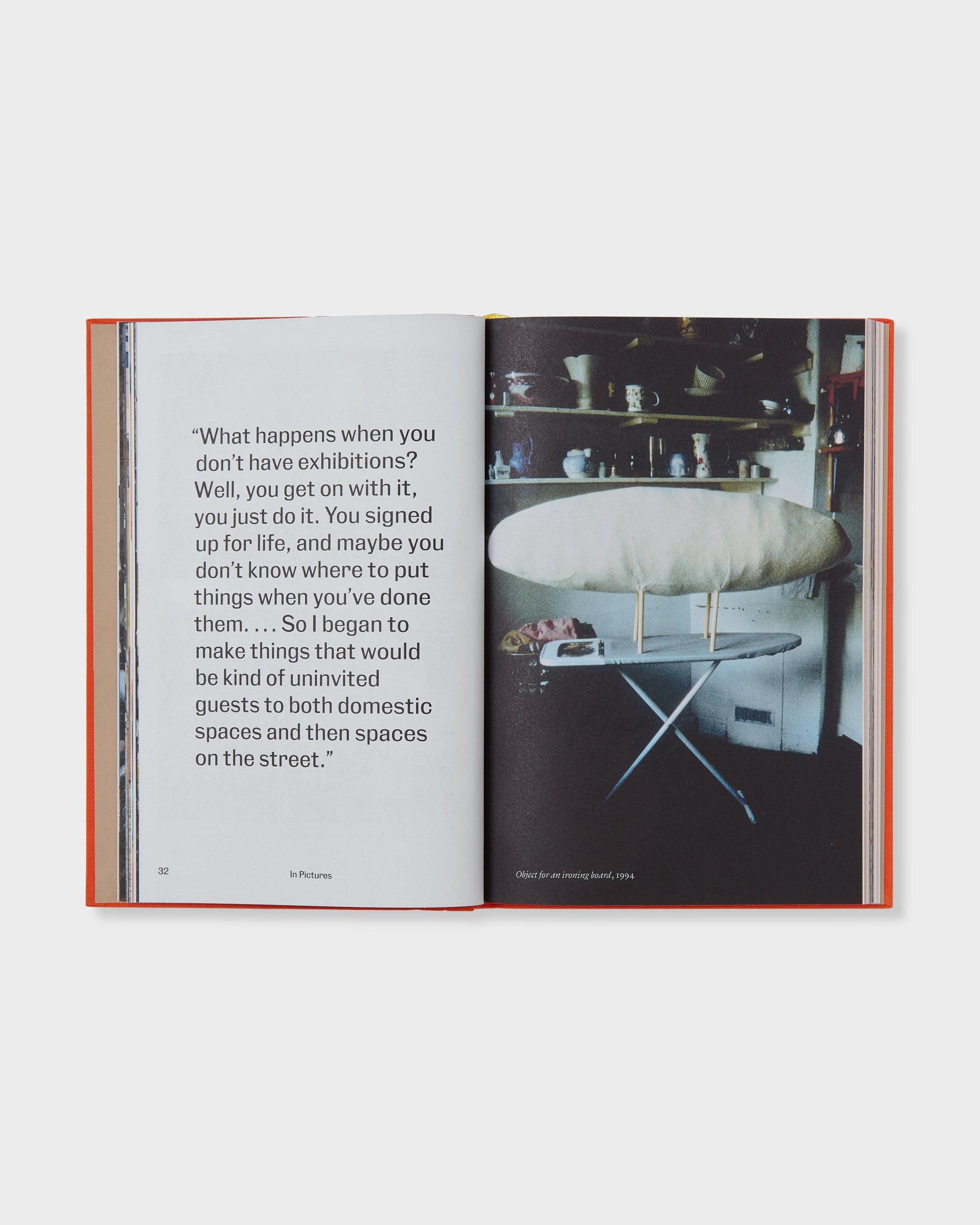
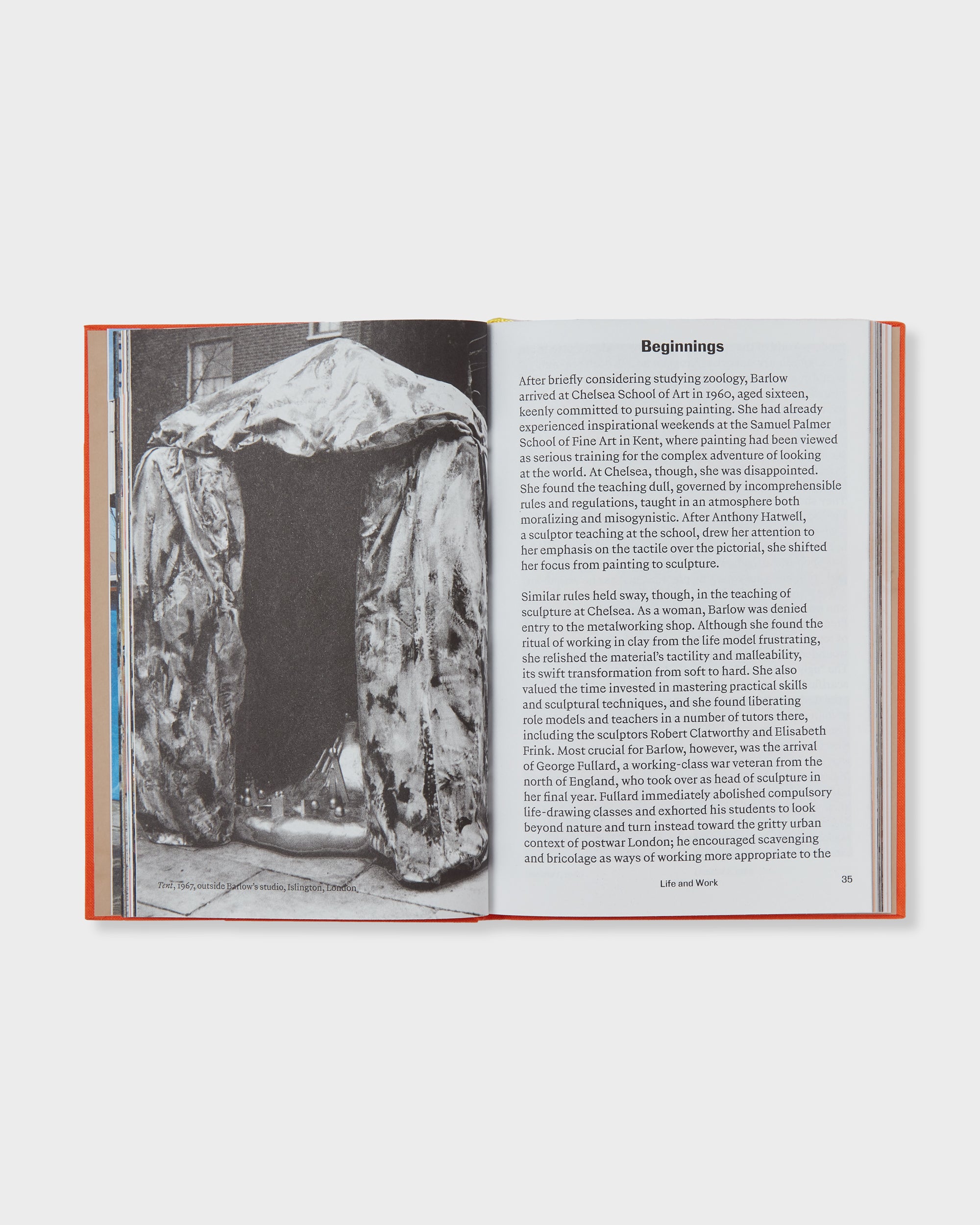

In the Studio: Phyllida Barlow
Shipping & Returns
Depending on your location, items that you order may be shipped from the US or Europe.
We aim to deliver all orders within the UK / EU / US within 5 working days. Orders to be delivered to other destinations can normally be expected to arrive within 7 – 10 working days.
Shipping charges for all destinations will be calculated at checkout and included on your Order Confirmation.
For more information please review our Shipping & Returns Policy.
Choose options















Introducing
IN the studio
A new series from Hauser & Wirth Publishers, which takes readers behind the scenes of an artist at work. Each book focuses on a major figure of twentieth or twenty-first century art, offering an accessible, generously illustrated introduction to their practice.
